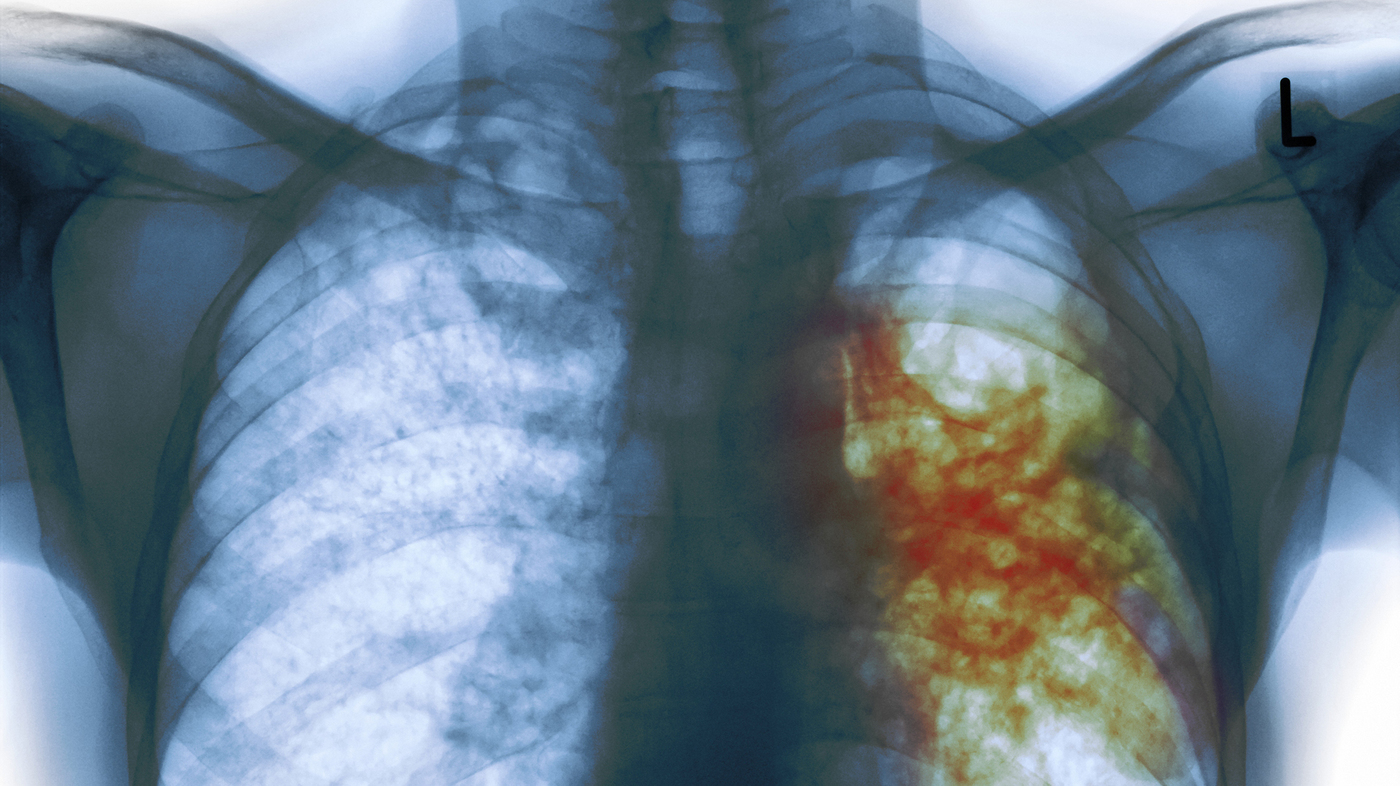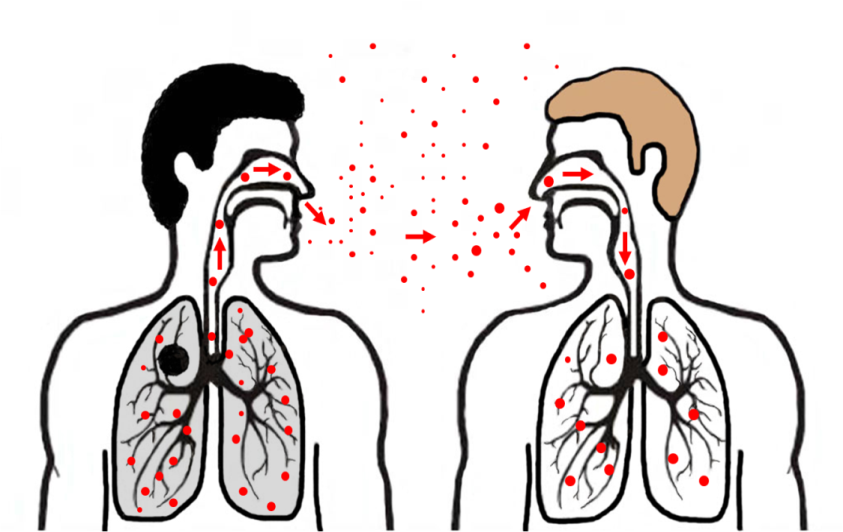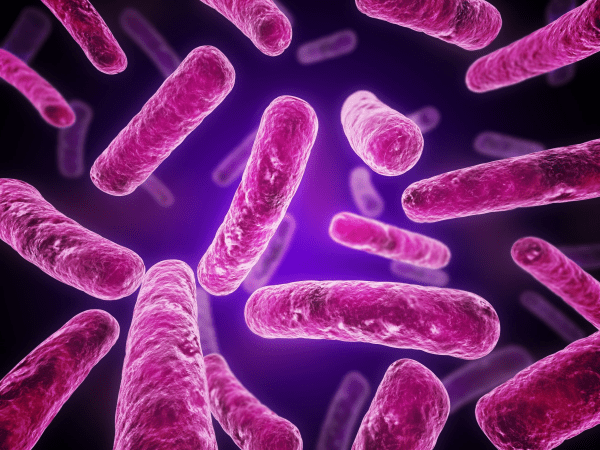TB is a disease which in humans is usually caused by bacteria called Mycobacterium Tuberculosis (M. Tuberculosis). TB is an abbreviation of the word Tuberculosis and is how people often refer to the disease.

Just a few years ago it was believed that TB was an old disease, and that it was no longer a problem in humans. But now because of such issues as drug resistance and HIV, it has become a major problem again.
TB Is Contagious

You get TB by breathing in TB bacteria that are in the air. The bacteria spread through the air from one person to another. Bacteria get released into the air by some person who is already infected with them. When a person with TB of the lungs or throat coughs, sneezes, sings or talks, droplets containing the bacteria are released into the air. That is why people who think they may be infectious, may often hold something over their mouth when they are near to other people. People working in a health clinic may for this reason sometimes wear a mask.
Some People Are Immune While Some People Get Easily Infected By The TB Bacteria

It is not known why some people who are exposed to the bacteria become infected when other people don’t. The chance of becoming infected depends mainly on the amount of infectious droplets in the air, and the length of exposure to an infectious person. The closer the infectious person is, and the longer the time of exposure, the higher the risk is of being infected.
The Signs That Can Be Symptoms Of TB Infection


The symptoms depend on which area of the body has been infected. If someone has pulmonary disease, which is TB in the lungs, then they may have a bad cough that lasts longer than two weeks. They may also have pain in their chest and they may cough up blood or phlegm from deep inside their lungs. Other symptoms of TB include weakness or fatigue, weight loss, lack of appetite, chills, fever and night sweats.
Here are the 10 must know facts about Tuberculosis
1) People living with HIV are about 37 times more likely to develop TB than people free of HIV infection
2) TB is curable, but kills 5000 people every day
3) TB is a disease of poverty; virtually all TB deaths occur in the developing world, affecting mostly young adults in their most productive years. TB especially affects the most vulnerable, such as the poorest and malnourished
4) TB is a leading killer among HIV-infected people with weakened immune systems; a quarter of a million TB deaths are HIV-associated — most of them in Africa
5) Global TB incidence is still growing at 1% every year because of the rapid increase in Africa; intense control efforts are helping incidence fall or stabilize in other regions
6) 2 billion people — one third of the world's population — are infected with TB bacilli, the microbes that cause TB. 1 in 10 people infected with TB bacilli will become sick with active TB in their lifetime; people with HIV are at a much greater risk
7) TB is contagious and spreads through the air; if not treated, each person with active TB infects on average 10 to 15 people each year
8) TB is a worldwide pandemic; though the highest rates per capita are in Africa (29% of all TB cases), half of all news cases are in 6 Asian countries — Bangladesh, China, India, Indonesia, Pakistan and the Philippines
9) Almost 9 million new TB cases occurred in 2004 — 80% of them in 22 countries
10) Multidrug-resistant TB (MDR-TB) is a form of TB that does not respond to the standard drug treatment. MDR-TB is present in virtually all 109 countries recently surveyed by WHO and partners

